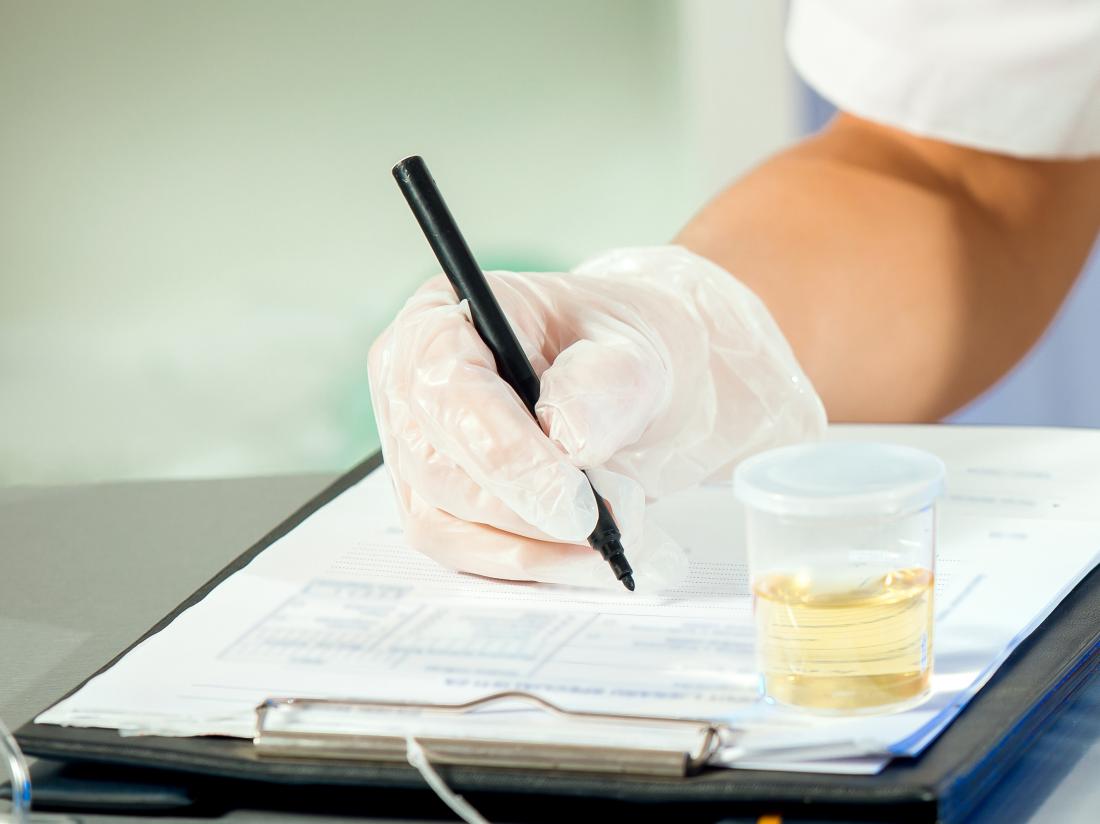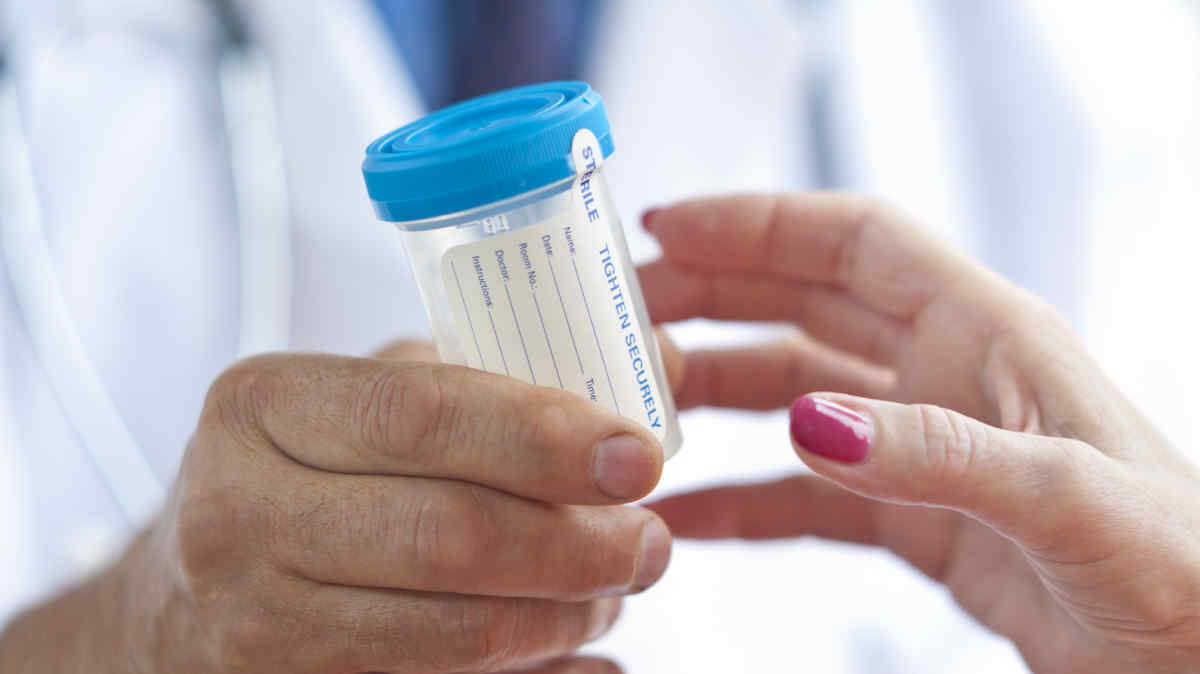
Cups for testing drugs are a very popular method of drug testing. Testing urine for drugs is often used as part of pre-employment screening, compliance assessment, and prevention of substance abuse in the home. The most important things you need to know about 5-panel, 10-panel, and 12-panel drug tests are summarized here.
Drug Test Reading
As soon as you have selected appropriate instant drug test cups, you can begin testing and interpreting the results. A collection and interpretation of specimens involves following the proper steps to determine the test result accurately. Understanding the various components of the test and the way each one can be interpreted is part of this process.
1. Set Up Control And Test Regions
Control Regions (C) are marked at the top of each panel, and Test Regions (T) are marked near the bottom. The Control Region indicates whether the test is working properly and the Test Region indicates whether the drug you are testing for is present.
As soon as a sample has been obtained, a line should appear next to the control region, or the C mark. If the Control line does not appear 10 minutes after obtaining a sample, discard the test and perform a new one.
2. Take a Sample
Most people choose an advanced flat panel urine drug test cup with adulterants, such as the 12 Panel DrugConfirm Advanced Flat Panel Urine Drug Test Cup with Adulterants. Because multi-drug tests detect multiple substances at once, they save time. During the testing process, the person being tested must urinate into the sample cup at the required volume. An insufficient specimen may not guarantee accurate results.
3. Take 5 Minutes to Wait
The primary advantage of Instant urine drug tests (e.g. cups and dip cards) and mouth swab tests is that they can yield results just a few minutes after the specimen is collected (urine). A drug test result should not be read more than 10 minutes after it has been collected. The results may become inaccurate after this time period.
4. Determine the Color of Lines

Results of Negative Drug Tests
An orange line appears next to the Control Region and the Test Region (as shown above), meaning the test result is NEGATIVE. The absence of a positive result means that the drugs were not detected. When assessing results, the color intensity (darkness or faintness) of the line is not considered. A faint line does NOT indicate that the specimen contains small amounts of a specific drug metabolite.
Testing Positive for Drugs
The drug test result is POSITIVE if no line appears in the Test Region (T) but a colored line appears in the Control Region (C). When a urine test is positive, it indicates that the drug, or drugs, being tested were detected. Positive drug test results may be the starting point for taking action against an employee, parolee, student, etc. who abuses illicit substances.
It is important to ensure that the Control Region (C) is marked with a colored line so that the test is valid and non-defective before deciding on a positive result. In the absence of a colored line indicating the Control Region (C), the test is invalid, and the results may not be accurate.
Please note that instant immunoassays are only suitable for preliminary screening. The positive test results of an instant drug test obtained through a preliminary screening process should be sent to a SAMHSA-certified laboratory site for confirmation.
